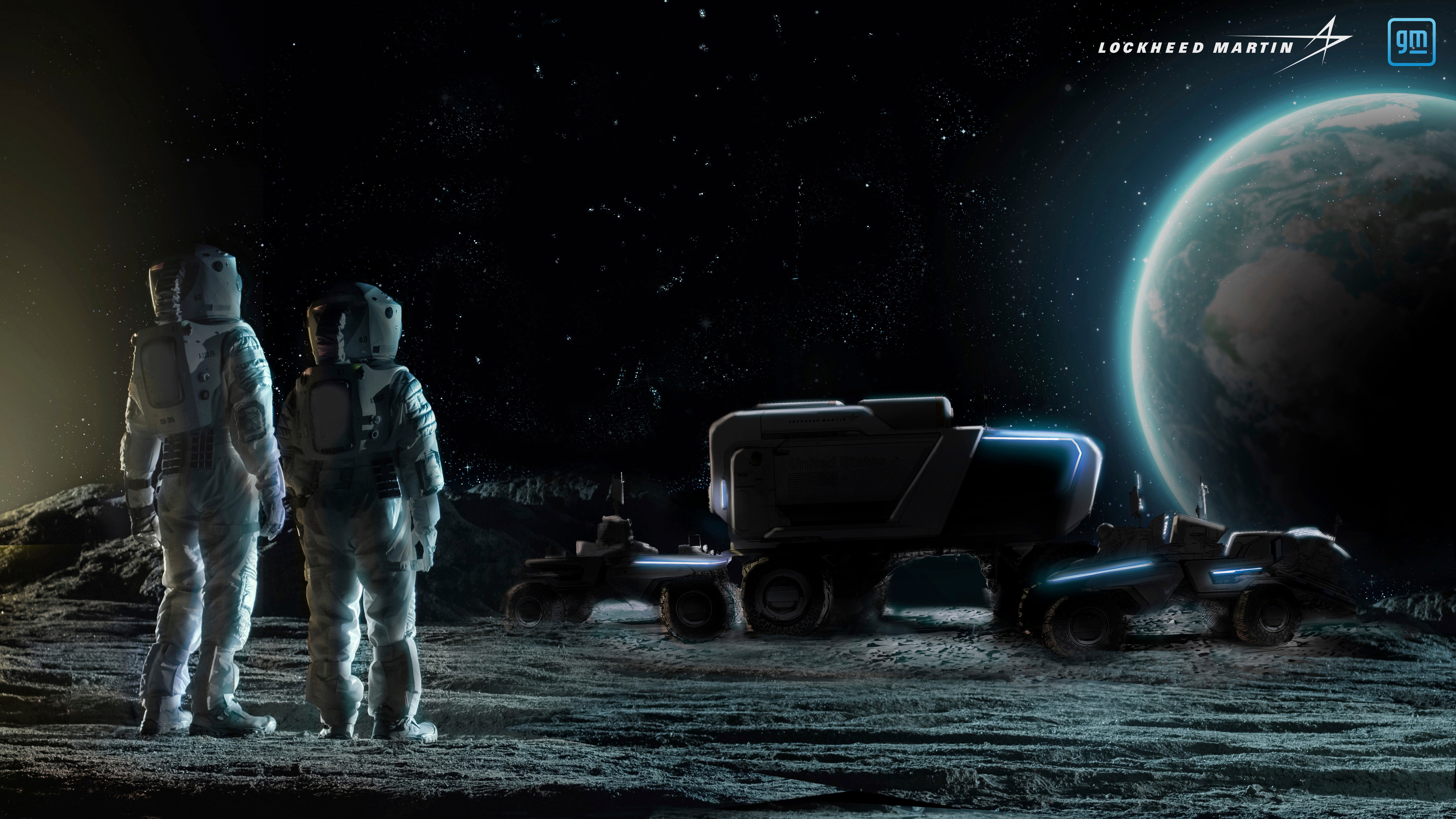GM's newest vehicle: Off-road, self-driving rover for moon
General Motors is teaming up with Lockheed Martin to produce the ultimate off-road, self-driving, electric vehicle _ for the moon

Your support helps us to tell the story
From reproductive rights to climate change to Big Tech, The Independent is on the ground when the story is developing. Whether it's investigating the financials of Elon Musk's pro-Trump PAC or producing our latest documentary, 'The A Word', which shines a light on the American women fighting for reproductive rights, we know how important it is to parse out the facts from the messaging.
At such a critical moment in US history, we need reporters on the ground. Your donation allows us to keep sending journalists to speak to both sides of the story.
The Independent is trusted by Americans across the entire political spectrum. And unlike many other quality news outlets, we choose not to lock Americans out of our reporting and analysis with paywalls. We believe quality journalism should be available to everyone, paid for by those who can afford it.
Your support makes all the difference.General Motors is teaming up with Lockheed Martin to produce the ultimate off-road, self-driving, electric vehicles — for the moon.
The project announced Wednesday is still in the early stages and has yet to score any NASA money. But the goal is to design light yet rugged vehicles that will travel farther and faster than the lunar rovers that carried NASA’s Apollo astronauts in the early 1970s, the companies said.
“Mobility is really going to open up the moon for us,” said Kirk Shireman, a former NASA manager who is now Lockheed Martin's vice president for lunar exploration.
The rovers used by the Apollo 15, 16 and 17 moonwalkers ventured no more than 4 1/2 miles (7.6 kilometers) from their landers. GM also helped design those vehicles.
NASA last year put out a call for industry ideas on lunar rovers. The space agency aims to return astronauts to the moon by 2024, a deadline set by the previous White House
Their initial rovers will be designed to carry two astronauts at a time, according to Jeff Ryder, a GM vice president. A brief company video showed a large, open rover speeding over lunar slopes, with more headlights in the distance.
This is "just a glimpse of how we see the opportunity playing out,” Ryder said.
By operating autonomously when needed, Shireman noted, the rovers can keep astronauts safely away from dangerous spots like the permanently shadowed craters at the moon’s South Pole. Frozen water gathered from these dark corners could be used for drinking, growing plants and creating rocket fuel.
Autonomy could also improve efficiency, with astronauts focused on collecting rocks as a rover follows behind like a puppy, he said.
In a separate venture begun two years ago, Toyota partnered with the Japanese Space Agency to build a pressurized electric-powered lunar rover for astronauts. They're calling it the Lunar Cruiser.
GM and Lockheed Martin's vehicle will be unpressurized, meaning that riders will need to wear spacesuits at all times. There's room for both models, according to Shireman.
___
The Associated Press Health and Science Department receives support from the Howard Hughes Medical Institute’s Department of Science Education. The AP is solely responsible for all content.